The human body is equipped with a remarkable system to regulate its internal environment, often referred to as the body’s "internal thermometer." This thermoregulation system ensures that core body temperature remains within a narrow range, critical for optimal physical and mental functioning. However, during periods of intense activity or exposure to extreme heat, the body’s microclimate - the immediate environment around the skin - can signal increasing levels of physical and mental strain. These signals, often subtle, are early indicators of thermal stress and can prevent overexertion if monitored properly.
By understanding and tracking these fluctuations in your body’s microclimate, you can take informed actions to protect your health and optimize performance.
How the Body Signals Thermal Stress
Thermal stress occurs when the body’s heat production exceeds its ability to dissipate heat, leading to a rise in core temperature. Several physiological changes serve as warning signs of thermal stress:
1. Elevated Core and Skin Temperature
- Core temperature typically ranges between 97.7°F and 99.5°F (36.5°C to 37.5°C) under normal conditions. A rise beyond this range indicates that the body is struggling to balance heat production and dissipation.
- Skin temperature often rises earlier than core temperature during thermal stress, signaling the onset of strain (Bishop et al., 2013).
2. Increased Sweating
- Sweating is the body’s primary cooling mechanism, but excessive sweating depletes fluids and electrolytes, reducing efficiency over time.
- As dehydration progresses, sweat rates may decline, further amplifying thermal stress (Sawka et al., 2007).
3. Changes in Heart Rate
- As the body attempts to cool down, heart rate increases to pump blood toward the skin for heat dissipation. A disproportionate rise in heart rate during exercise or heat exposure is a key indicator of thermal stress (Cheung et al., 2000).
4. Cognitive and Mental Strain
- Thermal stress doesn’t just affect the body—it also impacts the brain. Symptoms like dizziness, confusion, or difficulty concentrating are signs that rising core temperatures are impairing cognitive function (Gaoua et al., 2011).
Why Monitoring Thermal Stress Matters
Ignoring the body’s thermal stress signals can lead to overexertion, reduced performance, and serious health risks like heat exhaustion or heat stroke. Real-time monitoring of thermal stress helps individuals:
1. Prevent Overexertion
- By tracking temperature fluctuations, individuals can identify when their body is nearing its thermal limits and adjust activity levels accordingly.
- A study in The Journal of Applied Physiology found that monitoring microclimate during exercise reduced the risk of heat-related illnesses by enabling timely interventions (Nybo et al., 2014).
2. Optimize Performance
- Understanding thermal stress patterns allows athletes to plan training sessions during cooler parts of the day or adjust intensity levels to avoid strain.
- Workers in hot environments can use thermal stress data to schedule breaks, enhancing productivity and safety.
3. Enhance Recovery
- Monitoring how quickly the body returns to baseline temperatures after activity provides insights into recovery efficiency.
- Prolonged thermal stress post-exercise indicates a need for more focused cooling or hydration strategies.
Using Mij™ to Monitor Thermal Stress
Mij™, an advanced wearable device, offers real-time thermal stress monitoring, enabling individuals to listen to their internal thermometer and make proactive decisions. Here’s how Mij™ works:
1. Continuous Temperature Tracking
- Mij™ monitors both microclimate, providing immediate feedback on thermal stress levels.
- Alerts notify users when their body is approaching critical thresholds, helping them take preventive action.
2. Personalized Insights
- By analyzing temperature fluctuations, Mij™ provides insights for people to adjust their hydration, rest, and cooling strategies.
- Long-term data trends help users understand their unique thermal stress patterns and adapt accordingly.
3. Versatility Across Activities
- Whether you’re an athlete, outdoor worker, or someone living in a hot climate, Mij™ offers precise monitoring to keep you safe and performing at your best.
Practical Strategies for Managing Thermal Stress
- Hydrate Effectively
- Drink water consistently throughout the day, and include electrolyte-rich beverages during intense activities or heat exposure.
- Monitor fluid intake to match sweat rates and prevent dehydration.
- Take Cooling Breaks
- Schedule regular breaks in shaded or air-conditioned environments during prolonged activity.
- Use cooling techniques such as cold towels or immersion to lower skin temperature.
- Plan Activities Wisely
- Avoid high-intensity exercise during peak heat hours, typically between 10 a.m. and 4 p.m.
- Adjust workloads based on real-time thermal stress feedback from devices like Mij™.
- Optimize Recovery
- Use post-activity cooling methods such as cold showers or ice packs to accelerate recovery and reduce prolonged thermal stress.
- Monitor how quickly your temperature returns to baseline after activity to gauge recovery efficiency.
Listen to Your Internal Thermometer
Your body’s internal thermometer is an essential tool for maintaining physical and mental health, especially during heat exposure or intense activity. By recognizing the early signals of thermal stress and using advanced monitoring tools like Mij™, you can prevent overexertion, optimize performance, and protect your long-term health.
Start monitoring your thermal stress today and take control of your body’s limits - because when you listen to your internal thermometer, you’re always one step ahead.

